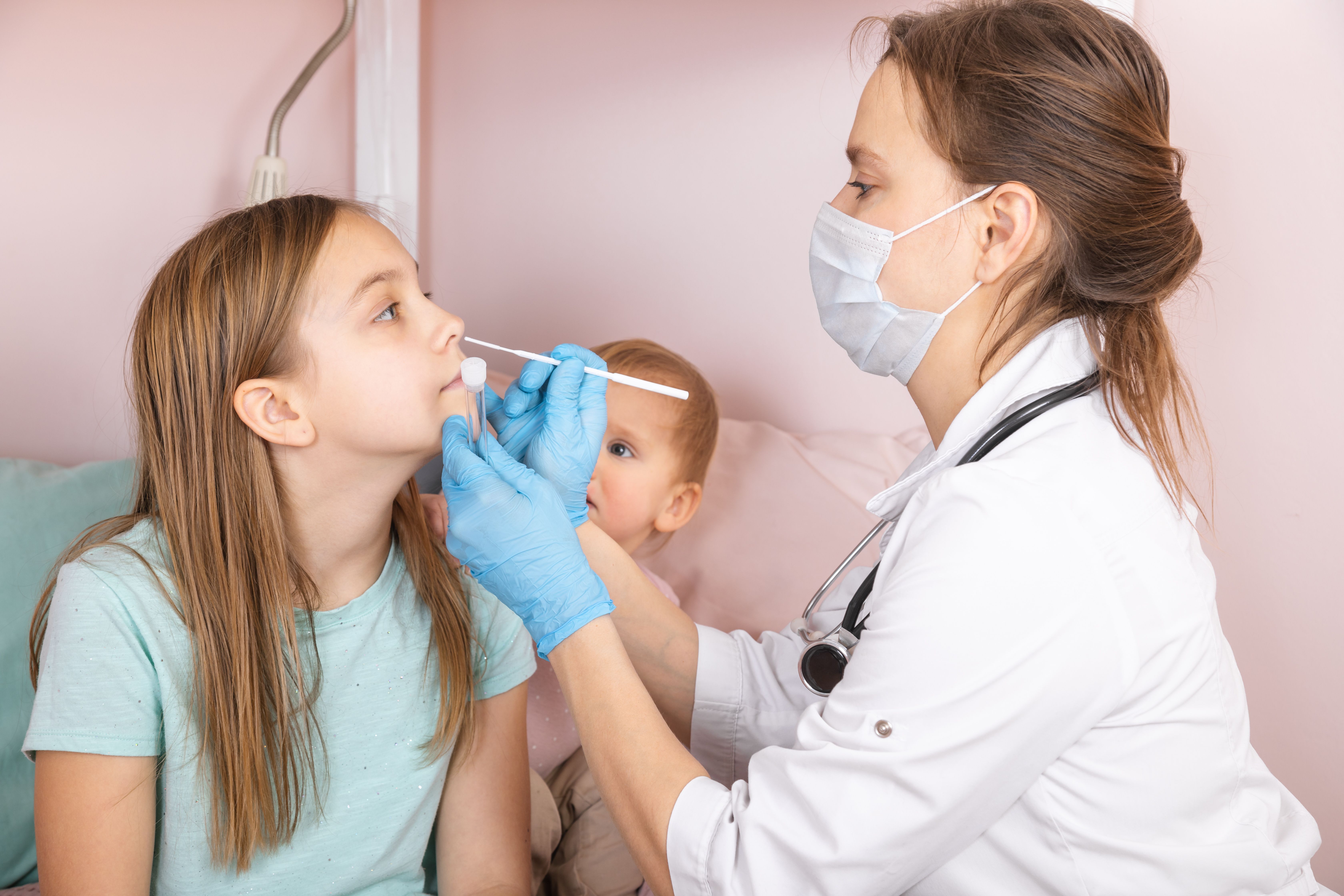News
Article
HPV Vaccine Return Margins Smaller for Nonpediatric Specialties
Author(s):
Researchers explained that nonpediatric clinics can benefit from a reasonable reimbursement increase as it reduces financial strain and encourages them to stock and offer human papillomavirus (HPV) vaccines.
Reimbursement levels for human papillomavirus (HPV) vaccine costs by private payers are adequate, but return margins are small for nonpediatric specialties, according to a study published in Annals of Family Medicine.
The HPV vaccine is the most expensive of all routinely recommended adolescent vaccines. Consequently, the researchers explained that adequate cost reimbursement by third-party payers is necessary for clinicians to continue offering them. Because of this, they compared HPV vaccine cost reimbursement by the private sector across provider specialties. They also examined whether the return from reimbursement was associated with the volume of HPV vaccine doses administered by clinicians.
To conduct this study, the researchers identified HPV vaccine-eligible adolescents in the United States enrolled in a large private health insurance plan during 2017-2018. The researchers explained that they used the unique encrypted provider identifier to determine the specialty of the clinician (pediatrician, family physician, nurse practitioner, internal medicine specialist, and other) who administered the vaccines and the total number of doses each dispensed throughout the study period.
The researchers calculated reimbursement as the dollar amount paid by the insurer to clinicians to cover the amount spent to purchase the vaccine. They also calculated the net return per HPV vaccine dose, which is the payer reimbursement minus the CDC list price. The researchers explained that they estimated and compared average reimbursements for HPV vaccine purchase costs for the 5 specialties. They also studied how each specialty administering more or fewer HPV vaccine doses affected the return from vaccine cost reimbursement.
The final sample consisted of 34,247 clinicians, which included 20,484 pediatricians, 9342 family physicians, 852 internal medicine specialists, 2339 nurse practitioners, and 1230 “other” specialists. The researchers found that HPV vaccine cost reimbursement by private payers was at or above the CDC list price ($210.99) but below the American Academy of Pediatrics (AAP) recommendations ($263.74).
“On average, pediatricians received higher reimbursement ($216.07) for HPV vaccine cost compared with family physicians ($211.33; P < .001), internists ($212.97; P < .001), nurse practitioners ($212.91; P < .001), and ‘other’ clinicians ($213.29; P < .001),” the authors wrote.
The researchers found that the net return from vaccine cost reimbursements was lowest for family physicians ($0.34 per HPV vaccine dose administered) and highest for pediatricians ($5.08 per HPV vaccine dose administered). In between, the net return from vaccine cost reimbursements was $1.92 per dose for nurse practitioners, $1.98 per dose for internal medicine specialists, and $2.30 per dose for “other” specialists.
The researchers correlated the variations in reimbursements across specialties to negotiating reimbursements for adolescent vaccines. They explained that pediatricians could negotiate higher cost reimbursement compared with nonpediatric specialties because adolescents make up most of their patient volume.
The researchers also found that the return margin is positively correlated with how many HPV doses practitioners administer. Because of this, they suggested changing HPV vaccine reimbursement to the AAP-recommended level ($263.74; a net return of +$40).
“…Changing HPV vaccine reimbursement to the AAP-recommended level could translate to an estimated 18,643 additional HPV vaccine doses administrated by pediatricians, 4041 additional doses by family physicians, and 433 doses by ‘other’ specialty in 2017-2018,” the authors wrote. “The change at the population level will depend upon the magnitude of the increase in vaccine cost reimbursement and the volume of adolescent visits (ie, opportunities for HPV vaccination).”
If the AAP-recommended level of reimbursement is not possible, the researchers suggested a reasonable increase in reimbursement to help cover direct and indirect expenses, like insurance, waste, acquisition, storage, and lost opportunity costs. They explained that this would help to reduce the financial strain on nonpediatric clinics, encouraging them to stock and offer HPV vaccines.
Despite their findings, the researchers acknowledged multiple limitations to their study. One was that their models “did not account for factors related to clinicians (vaccination bundling, knowledge of vaccination schedule, or recommendation style), clinics (reminder prompts in electronic medical records or overhead costs of vaccines), and/or parents of the adolescents (knowledge or vaccine hesitancy) that might contribute to variation in HPV vaccination.”
Overall, the researchers found that specialties with small return margins are most sensitive to changes in cost reimbursement, and they concluded by urging that “a consideration toward increasing reimbursement for HPV vaccine cost is warranted.”
Reference
Zhu Y, Lin YY, Li R, et al. Reimbursement for HPV vaccine cost in the private sector: a comparison across specialties. Ann Fam Med. 2023;21(4):344-346. doi:10.1370/afm.2990




